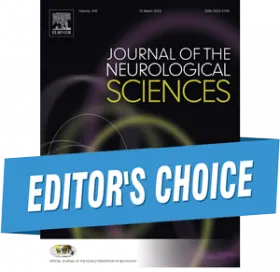Cost effectiveness analysis - Where does it fit in neurology? [JNS455 Editor's Choice]
6 Jan 2024

Image: iStockphoto.com/NicoElNino
Authors: Gary M Franklin
Editor's Choice
Journal of the Neurological Sciences. REVIEW ARTICLE| VOLUME 455, 122788, DECEMBER 15, 2023
DOI: https://doi.org/10.1016/j.jns.2023.122788
Ivan Fernandez outlines the classical methods used to assess cost-effectiveness for health care services, with an emphasis on drugs. The description of the methods accurately reflects the current state of Cost effectiveness analysis (CEA). And the authors make the critical point that CEA is only as good as the underlying evidence of effectiveness, which, for many health services other than FDA approved drugs, is weak.
No matter how fancy or cost-saving a CEA appears to be, you can't dress up poor underlying evidence and convince those tasked with making these coverage decisions that the country, or state, or insurer should pay for them. The authors point out that there are not many official bodies in the world conducting these types of studies on a routine basis. CEA takes very special technical skill that is not often associated with the professional groups that produce evidence-based decisions.
The American Academy of Neurology has been producing the highest-level practice parameters/guidelines for neurologists for over three decades, but these do not, and cannot, include formal CEA with the resources needed to accomplish that.
Web design by Tribal Systems








